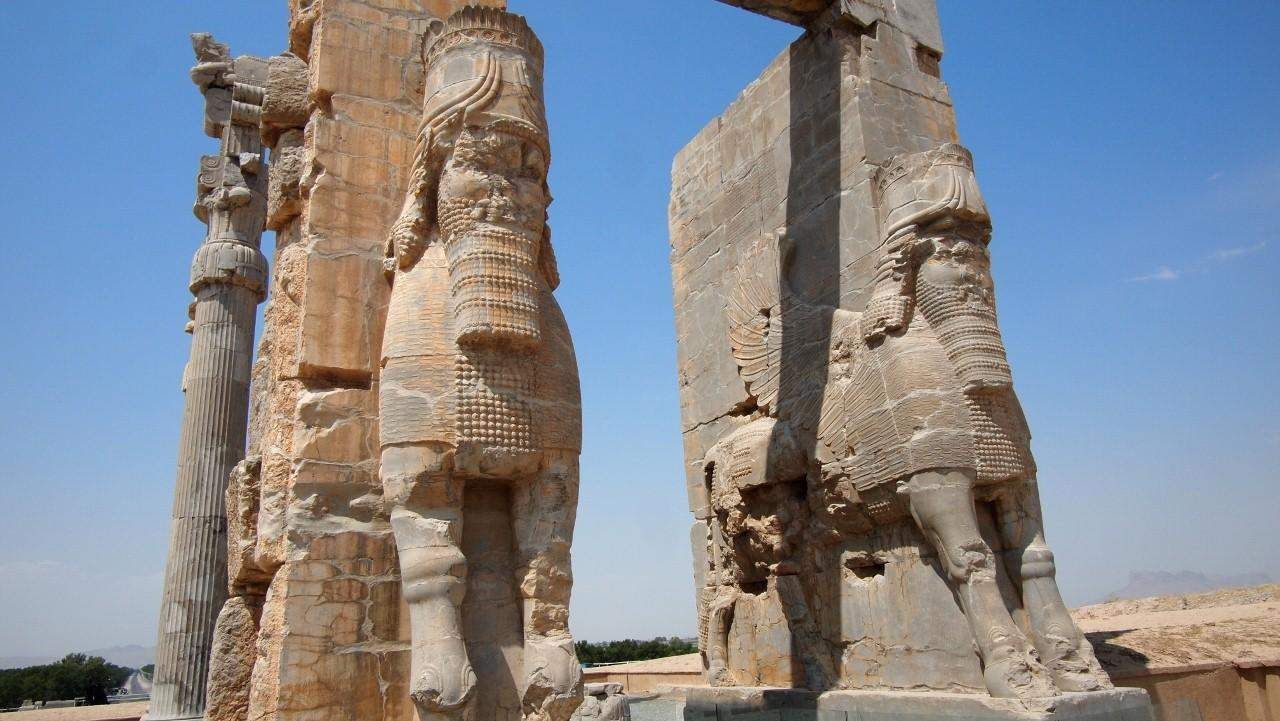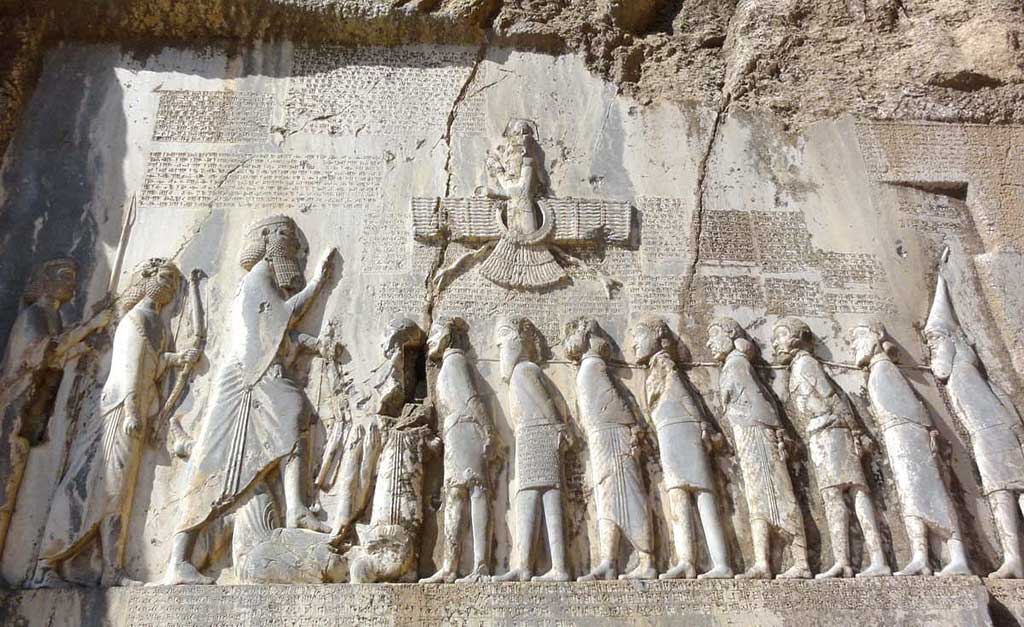The Old Persian Language and Script
Old Persian is the name given to the Persian tongue used in the Achamaenian dynasty’s cuneiform inscriptions.
It was the vernacular speech of the Achamaenian kings, localized in Persia in southwestern Iran. Old Persian is associated with the Inscriptional texts found in Persia, at Persepolis, the nearby Naqše Rostam and Pasargadae; in Elam, at Susa; in Media, at Hamadan and not too far away Behistan and Alvand; in Armenia at Van; and along the Suez Canal.
They are mostly inscriptions of Darius the Great (521-486 BC) and Xerxes (486-465 BC); and others in a corrupted form of the language, all the way down the line to Artaxerxes III (359-338 BC).

The Old Persian Language
Linguistically, Old Persian is part of the Iranian branch of the Indo-Iranian or Aryan group which is one of the main divisions of the Indo-European family of languages.
The Old Persian Script
The Script used in the Old Persian inscriptions is of the Cuneiform type: that is, the characters are made of strokes which can be impressed upon soft materials by a stylus with an angled end. The Old Persian inscriptions, were imitations made on hard materials by engraving tools of the strokes impressed on soft materials.

The very first published inscription was given by Chardin in 1711 of the Darius the Great inscription at Persepolis.
The Old Persian characters are inscribed in Syllabary. This means that each character has the value of a vowel or of a consonant plus a vowel. There is a total of 36 such characters plus 5 ideograms, one ligature of ideogram and case ending, the word-divider, and numerical symbols.
